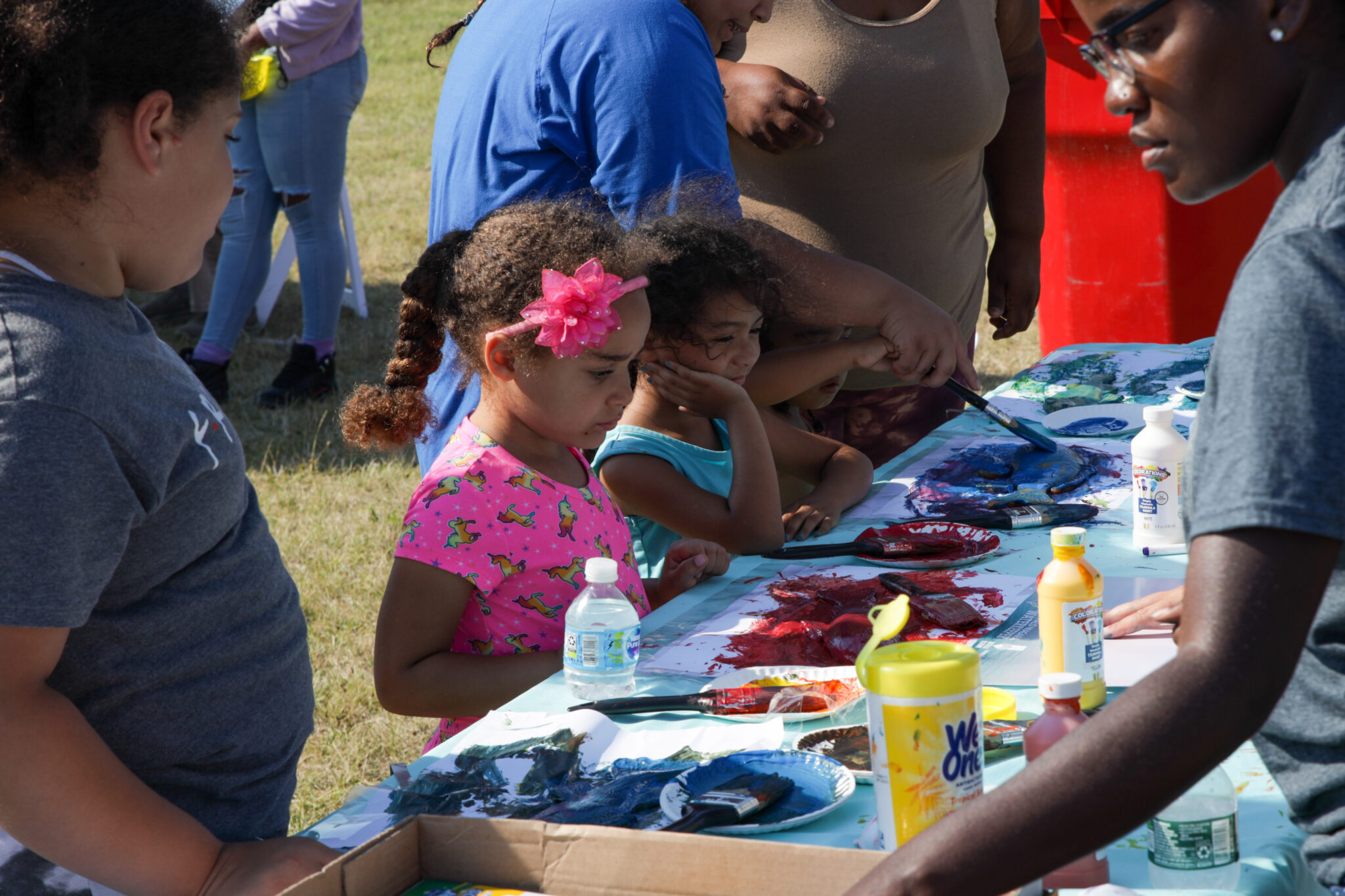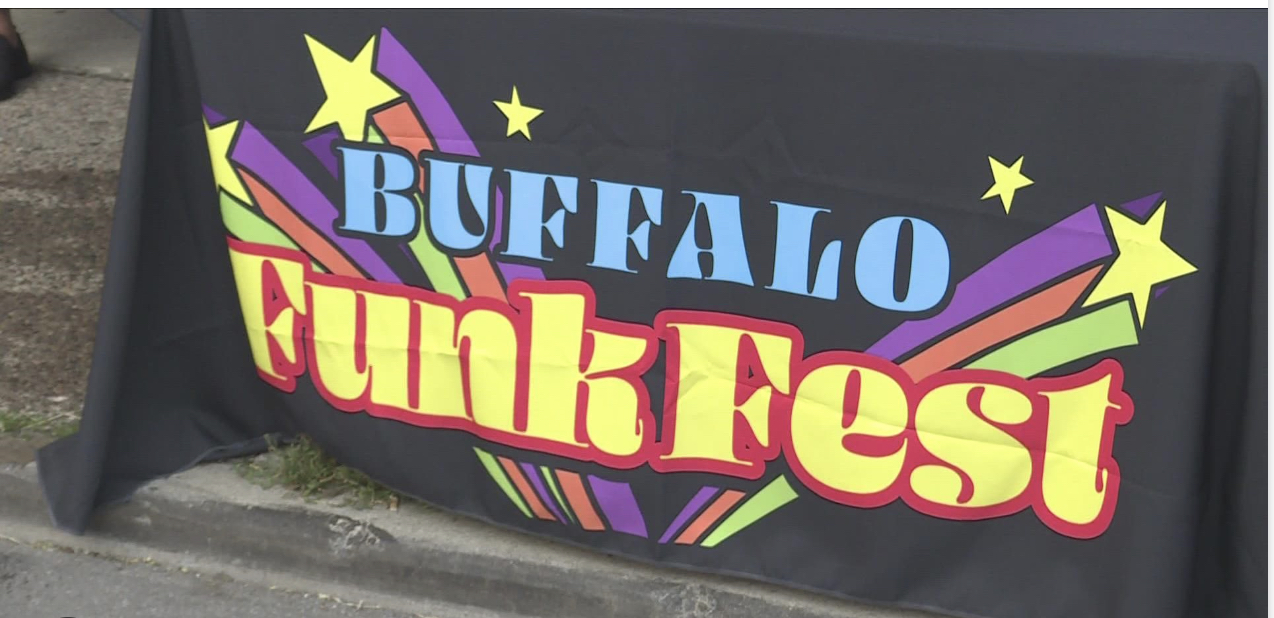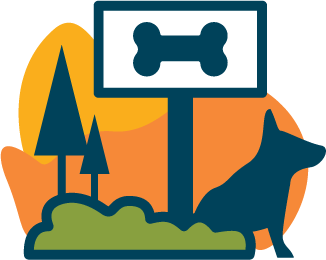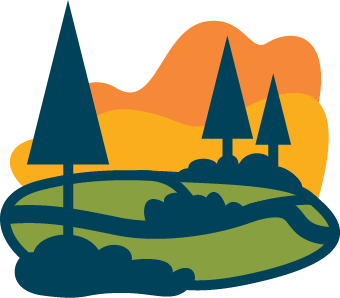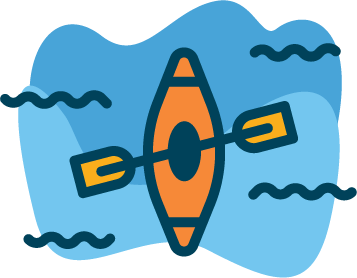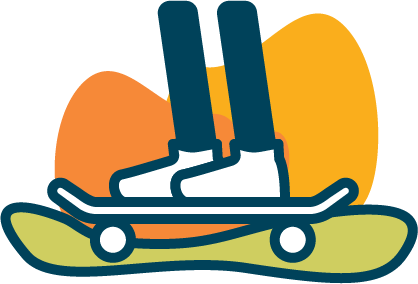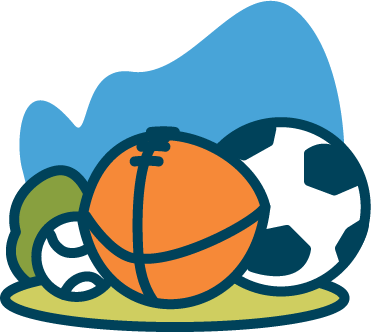WORKING TOGETHER
Our Park,
Our Community
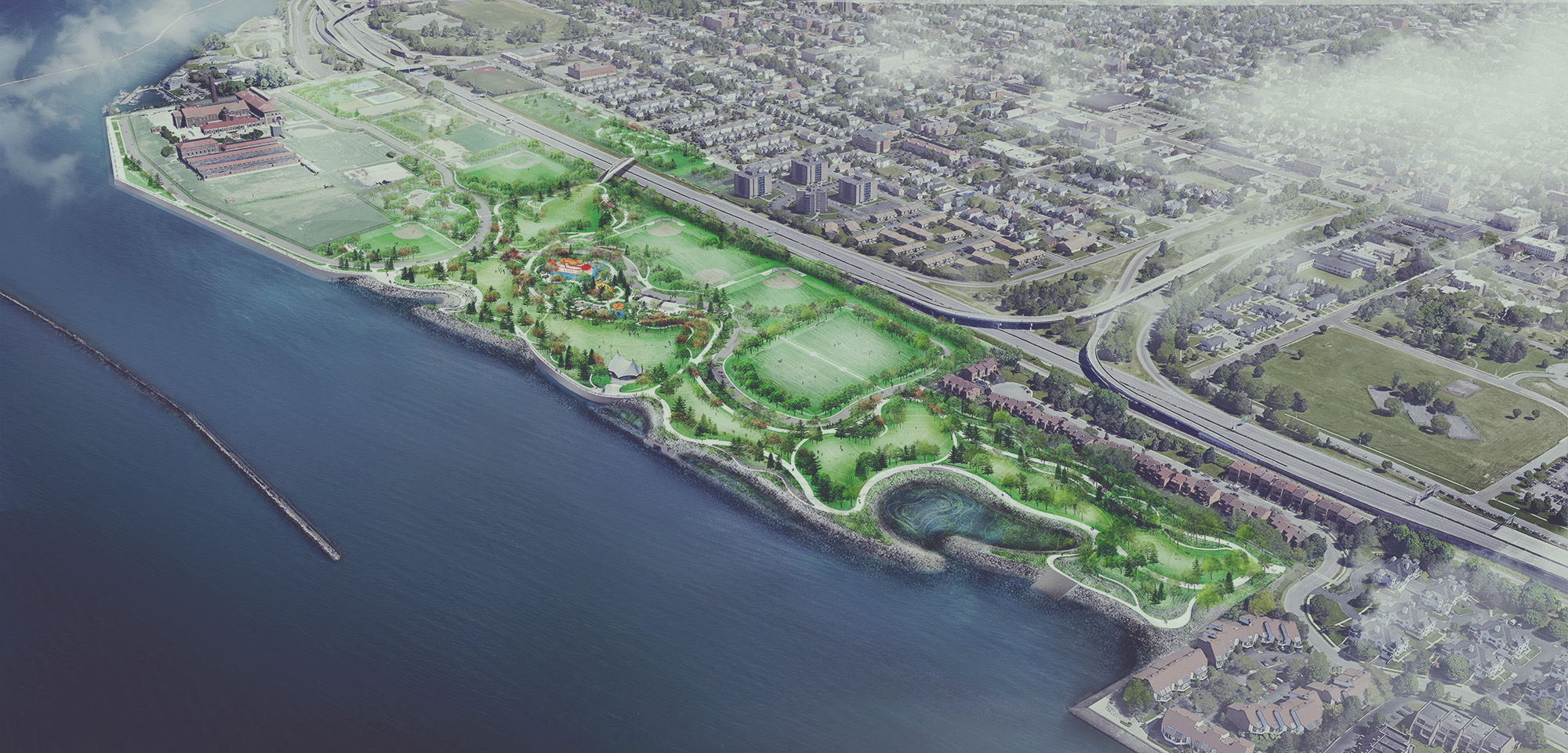
Ralph Wilson Park is an anchor within Buffalo’s West Side neighborhood. Generations of families have spent countless hours playing on the fields, picnicking in the park, and enjoying the waterfront. Each year, more adults and children from throughout the region discover Buffalo’s largest waterfront park.
The $110M design and development of Ralph Wilson Park began in 2018 with a lead gift from the Ralph C. Wilson, Jr. Foundation to the City of Buffalo. Since then, funders and community stakeholders have worked to fulfill the vision for Ralph Wilson Park, adding elements that include a signature pedestrian bridge across the I-190 to increase community access to the park and the waterfront, a destination play garden for active-imaginative play, as well as a resilient shoreline to mitigate the effects of climate change and rising lake levels.
World-class amenities will feature soccer fields, baseball and softball diamonds, tennis courts, various playground areas with custom equipment, picnic shelters and concession stands, and miles of pedestrian and bike paths. In addition to these new or revamped features, high-valued community amenities such as the swimming pool, splash pad, skate park, dog park, and football field will remain.
Dozens of partners have contributed to the transformation of Ralph Wilson Park. View the updated list of partners here.
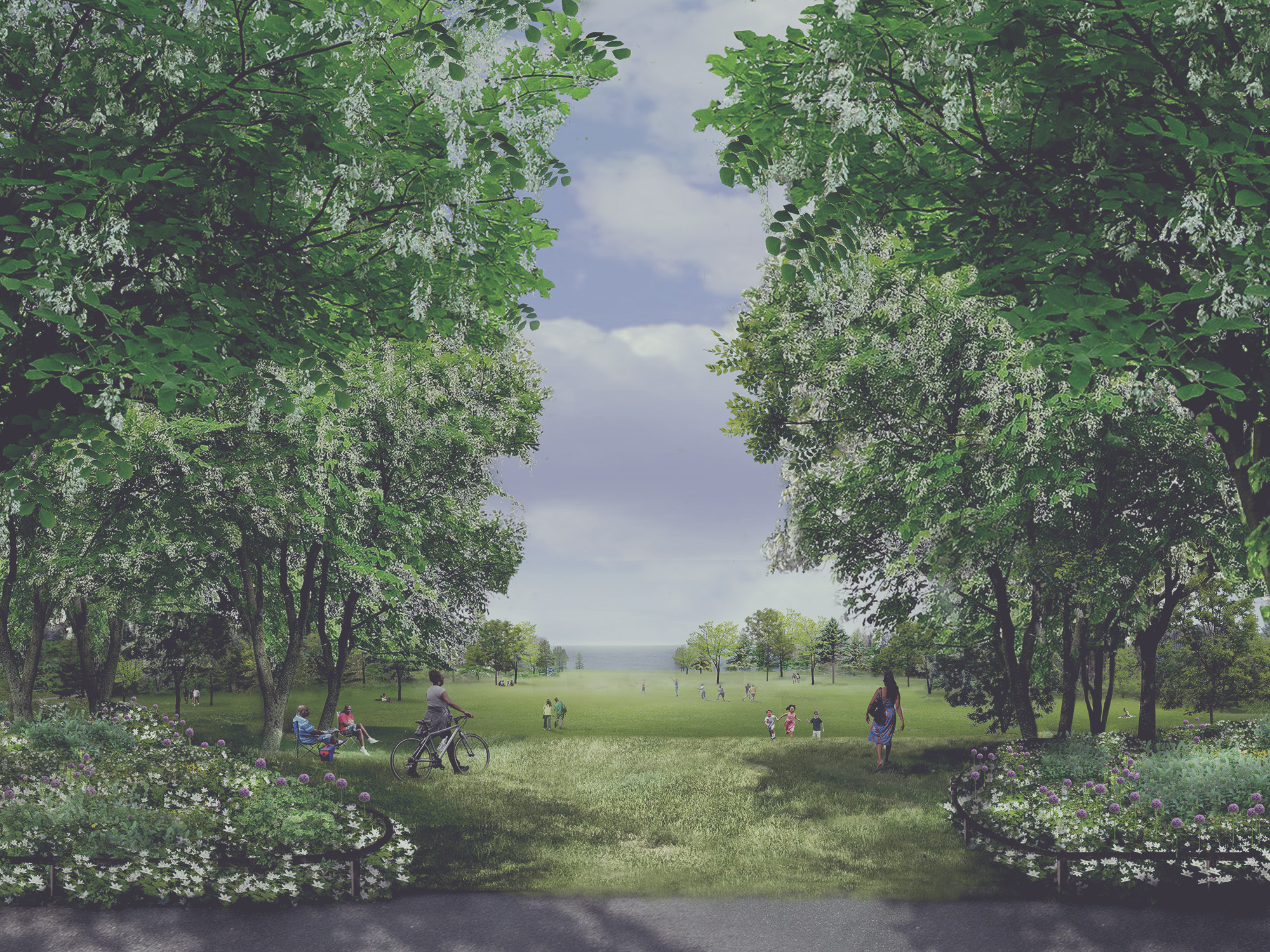

Community-Led Design
Imagine LaSalle was the multi-year, community-driven effort to transform the former LaSalle Park into a world-class destination that will serve the nearby neighbors and residents of Western New York as a “people’s park” and attract tourists to the region. Thousands of partners, community members, and stakeholders have been involved in the planning and designing of this signature, year-round attraction.
Nearby neighbor groups, community centers, not-for-profit organizations, and local youth and adult sports clubs were active in planning the park’s transformation, as well as leaders of signature events in the park, such as the Buffalo Funk Fest and the Puerto Rican and Hispanic Day Parade. These organizations, community leaders, and individuals will continue to play in important role in the Conservancy as park users, stakeholders, and ambassadors.
Partnerships Contributed to Process
This community-led design process was made possible through the generosity of the Ralph C. Wilson, Jr. Foundation in 2018, with support from the Community Foundation for Greater Buffalo and the City of Buffalo. The University at Buffalo School of Architecture and Planning and one of its research centers, the UB Regional Institute (UBRI), managed the engagement process to ensure broad and meaningful community input to shape the park’s future. Visit the Imagine LaSalle website for a complete timeline and documents from throughout the process.
The City of Buffalo is an active project partner represented by its Division of Parks and Recreation, the Buffalo Urban Development Corporation (BUDC), the Department of Community Services and Recreational Programming, and the Mayor’s Office of Strategic Planning.
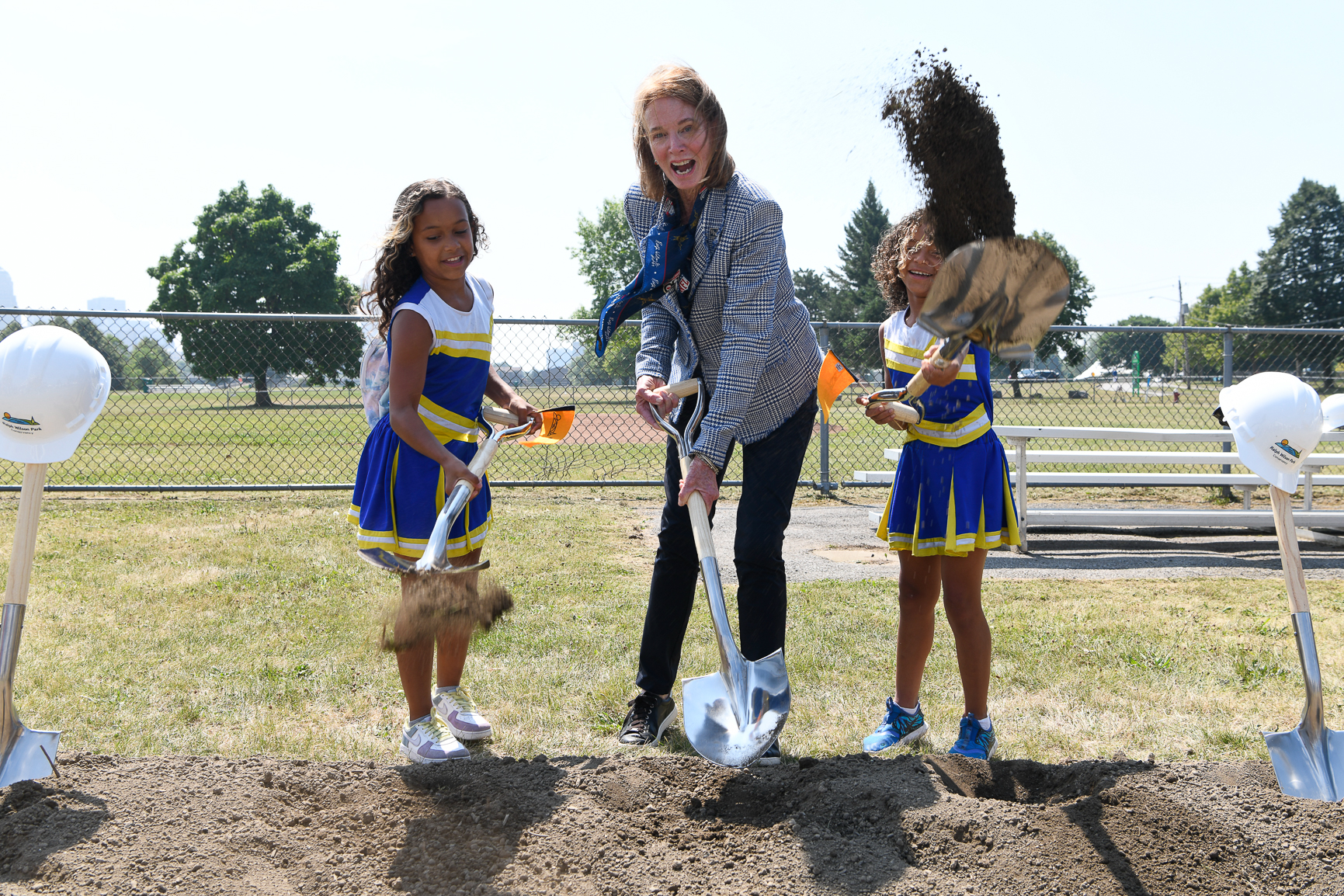
Partner Profiles
The design and development of Ralph Wilson Park was inspired and informed by Imagine LaSalle, a multi-year, community-driven initiative that began in January 2018, led by the University at Buffalo Regional Institute (UBRI) to guide the transformation of the park. Thousands of partners, community members, and stakeholders have been involved in the planning and design of this signature, year-round attraction, meeting regularly to move the design forward over the past five plus years, including throughout the pandemic.
We will be highlighting these partners regularly to draw attention to the hard work and collaboration of so many that has brought us to the beginning of construction.

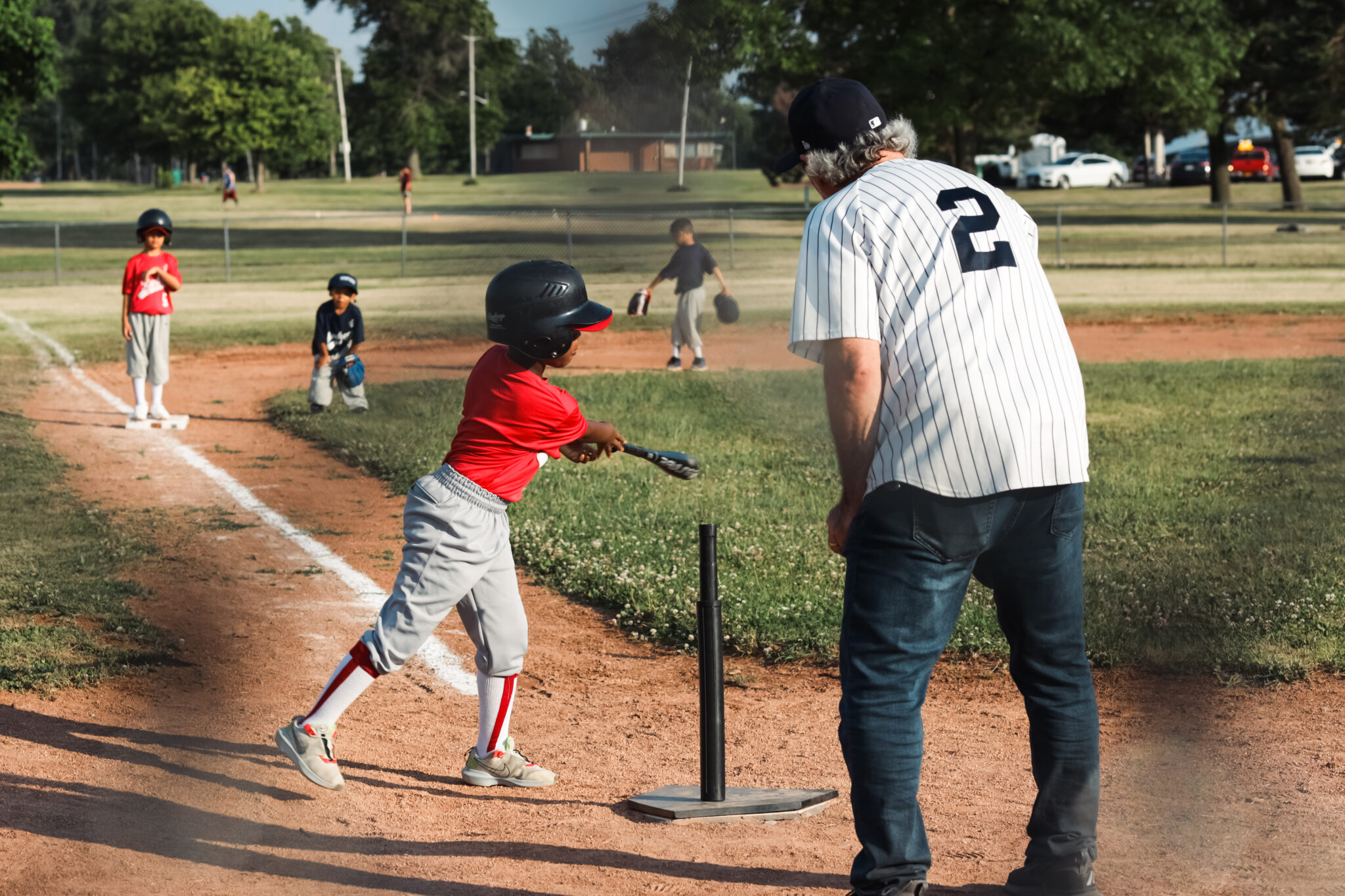
Western New York Land Conservancy
Highlighting the Value and Beauty of Native Plants to Ensure Biodiversity and Resiliency in the Park & Our Community
The Land Conservancy is a regional, non-profit land trust that over the past 32 years has helped protect more than 8,000 acres of land with significant conservation value in Western New York to benefit future generations. Successes include the Stella Niagara Preserve on the Niagara River in Lewiston; the College Lodge Forest, a spectacular preserve with old growth trees in Fredonia; and a co-led campaign to secure farmland for the Providence Farm Collective and provide a place for Black, immigrant, refugee, and low-income farmers to grow fresh, nutritious produce with cultural significance for their families and communities. In Buffalo, the Land Conservancy is developing the Riverline. The Riverline will transform the elevated former DL&W rail corridor along the Buffalo River into a string of vibrant and engaging experiences in nature that everyone can enjoy, only steps away from downtown.
How has the Land Conservancy been involved in supporting Ralph Wilson Park?
The Land Conservancy was honored to participate in the stakeholder meetings as community input was gathered and designs for the park evolved. We are vociferous advocates for including native plants in the ecologically focused areas of the park and were thrilled to be selected to support the many ways native plants will be showcased in the park. We participated in the groundbreaking event (photo below) to share information about the benefits of native wildflowers and grasses, and we were happy to give away some plants so that community members could experience those same benefits at home.
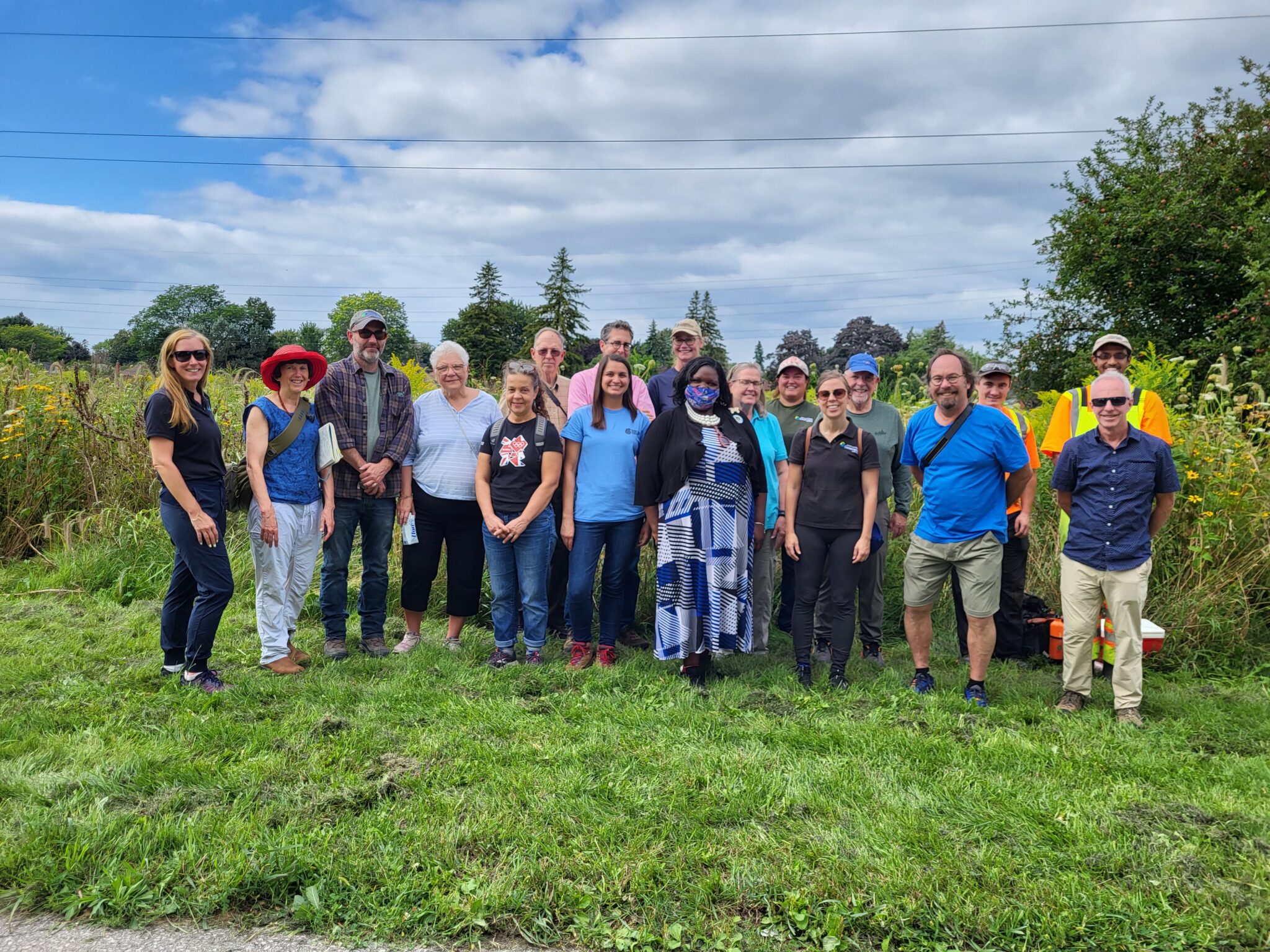
Our current focus is on hand collecting seeds from wild places in our region, carefully processing, storing and testing the seeds and working with local growers to ensure that robust plants arrive on time for planting in Ralph Wilson Park (see photo below). This work is being funded through a grant from the Ralph C. Wilson, Jr. Foundation.
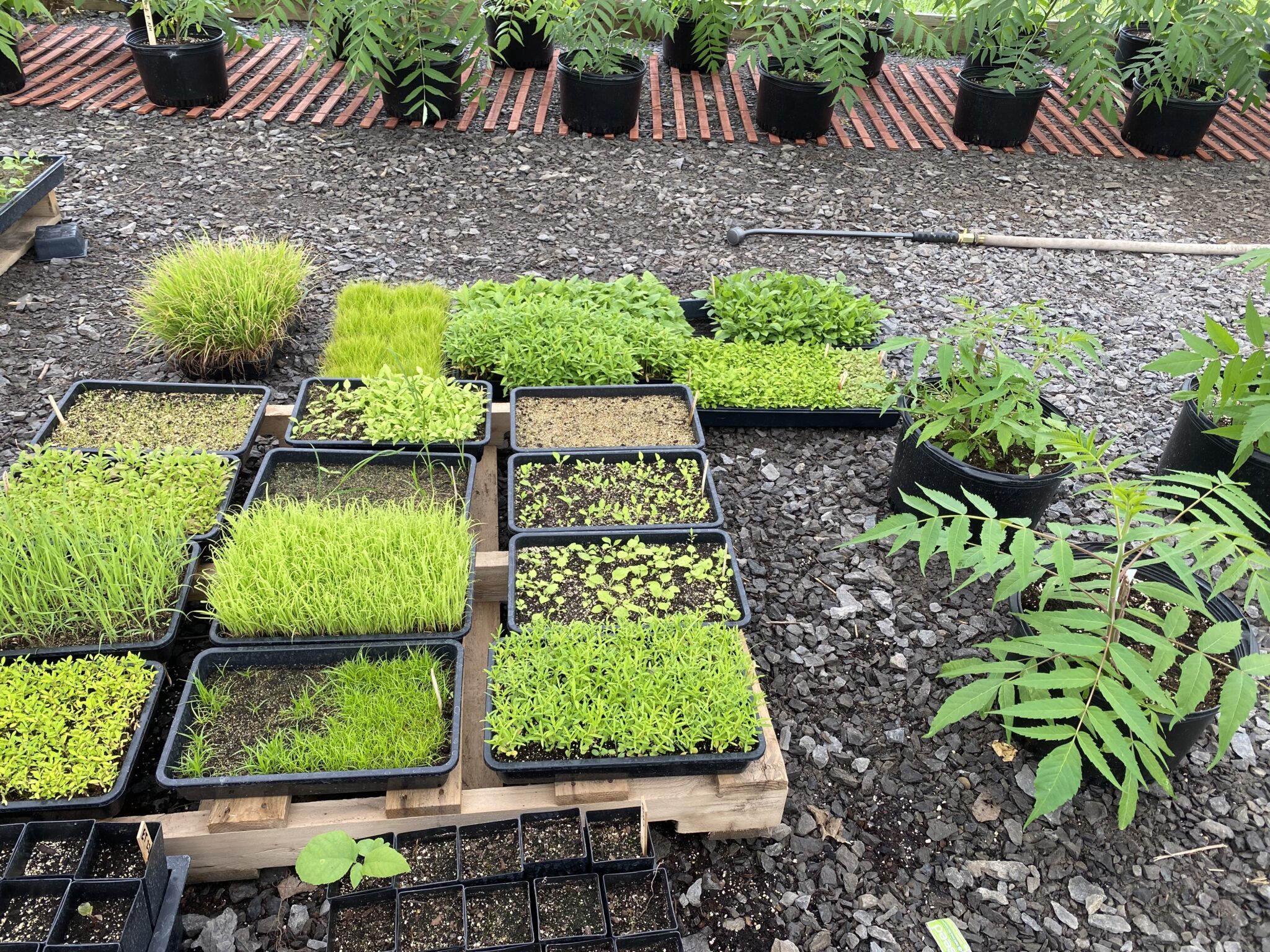
Why Native Plants?
Native plants provide so many benefits. For many of the plants the seeds will be collected locally. Locally-sourced native plants are perfectly matched with the butterflies, birds, and other pollinators that rely on them for their habitat. The monarch and songbirds migrating along Lake Erie will have an important stopover point on their journey. Once established, the plants will thrive with a reduced need for added resources like fertilizer, helping to protect our fresh water. Deeply rooted native plants reduce runoff, another water quality benefit. They will also be beautiful, mesmerizing accents in the new landscape.
How will your involvement impact the Park?
This fall the Land Conservancy organized an educational trip to the Meadoway in Toronto (pictured below). As one of Canada’s largest linear parks, the Meadoway uses native plants in a magnificent, ecologically-based community building project, stitching together 15 parks and greenspaces.
In learning from our neighbors, we will help ensure the best possible outcome for the meadows being created at Ralph Wilson Park.
How will the Land Conservancy’s efforts impact the broader community?
Beyond enhancing the park visitor’s experience and the habitat values the native plants provide, this effort will also expand the capacity of local businesses and growers to provide native plants – for other restorations projects AND for inspired residents to add more native plants to their own home gardens and yards. By highlighting the value and beauty of native plants, the park will become a place of exploration, learning, and inspiration that will make our entire community more resilient, bio-diverse, and vibrant.
Learn more about some of our amazing partners!
